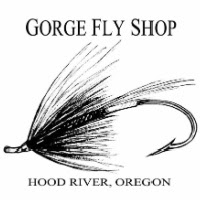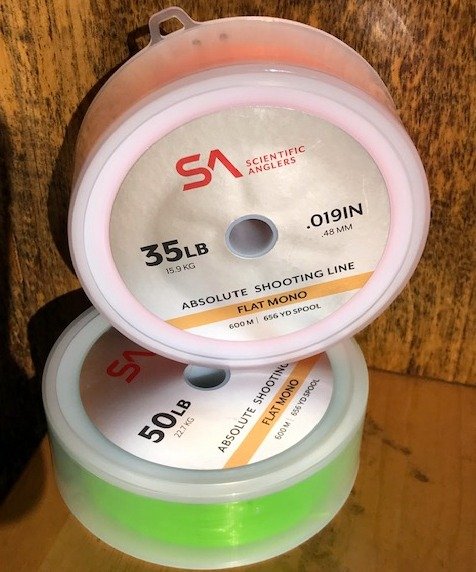Cold-Water Steelhead: Tips for Winter Success
As the seasons shift and water temperatures drop, steelhead behavior changes significantly. Fish become less inclined to chase flies high in the water column, and your presentation must evolve with the conditions. While steelhead are known for their unpredictability, and may still surprise you by rising to a dry or skating pattern, winter fishing generally calls for a slower, deeper, more deliberate approach.
If you're heading out in colder conditions, here are a few proven strategies to increase your odds
.
1. Target Slower Water
In cold water, steelhead conserve energy. Their metabolism slows, and they tend to hold in slower current where they can rest comfortably. You’re less likely to find them in fast riffles unless there’s a clear current break like a boulder or bottom depression.
Focus your attention downstream from the head of the run, where the riffle smooths into a gentle glide. These sweet spots can continue all the way into the tail-out depending on flow and depth. Think “slow walking pace” or even slower. Scan for seams, softer pockets, and deeper water with a subtle change in color.
This is the kind of water that’s most productive in the winter months. While every river is different, using current speed and bottom structure as your guide will keep you in the zone.
 |
| Callum - "Steelheadbum" |
2. Fish Deeper
Getting your fly down to the fish is crucial in cold conditions. Use sink tips (like T-11 or T-14) paired with Skagit heads to achieve depth. The key is matching your sink tip to the specific water you’re fishing—deeper slots and trenches call for heavier tips, while shallower water requires lighter setups to avoid hanging up.
Remember: presentation matters just as much as the gear. Small adjustments to casting angle, mend size, and line control will drastically impact how deep and how effectively your fly fishes. In general:
-
More upstream angle = deeper swing
-
Longer cast = less control over depth
-
Larger mend = more slack = more sink time
One essential winter skill is learning to "set up" your fly. Add slack to let it sink before it starts to swing. This means mending upstream, dropping your rod tip, and giving the fly time to settle before tension builds. It's not about immediate action—it's about getting that fly to depth and into the strike zone before it starts swimming.
If you’re bumping bottom too much, reduce your angle or mend size. If you’re never touching bottom and not getting grabs, you may need to add weight or adjust your presentation for more depth.
On Water Color
If the river is off-color, steelhead may hold closer to shore, even in very shallow water. In these cases, lighten up—use shorter casts, lighter tips, and avoid long slack setups that send your fly too deep, too soon. Shallow tail-outs can surprise you.
Fly Weight Matters
Lead-eyed flies can sink faster than your tip alone. If you're trying to reach a deep slot quickly, consider extending your leader length. Just note that casting long leaders with heavy flies requires technique—and some practice.
3. Slow Your Swing
Winter steelheading is all about tempo. Fish aren’t going to rocket across the river to chase down a fast-moving fly. Instead, you want to slow things down, maximize time in the strike zone, and give them a long look.
Fly speed is influenced by:
-
How much you lead the fly with your rod tip
-
The belly (or shape) of your fly line in the current
-
Your casting angle and mend
-
Fly depth
Leading the fly creates speed and presents it broadside. A little downstream belly enhances profile but speeds things up. A neutral or upstream angle allows for a slower, more subtle swing—especially important when fishing bigger winter flies like leeches, intruders, and prawn-style patterns.
Depth also naturally slows the fly. A deeply sunk fly takes longer to come under full swing tension, which gives it a more seductive movement—just the thing to entice a sluggish winter steelhead.
In short:
-
Lead the fly slightly for profile
-
Let it sink for speed control
-
Don’t over-mend unless you're trying to gain depth
Final Thoughts
Steelhead in winter demand patience and intentional presentation. They won’t forgive a sloppy swing or a fly that’s out of the strike zone. But if you fish the right water, at the right depth, with the right speed and you’ll find yourself in the game.
Cold water doesn’t mean no fish. It just means smarter fishing. Adjust your tactics, dial in your presentations, and keep stepping down. Somewhere out there, a winter steelhead is holding in soft water, waiting for just the right fly to drift by.









.jpg)



























.jpg)


